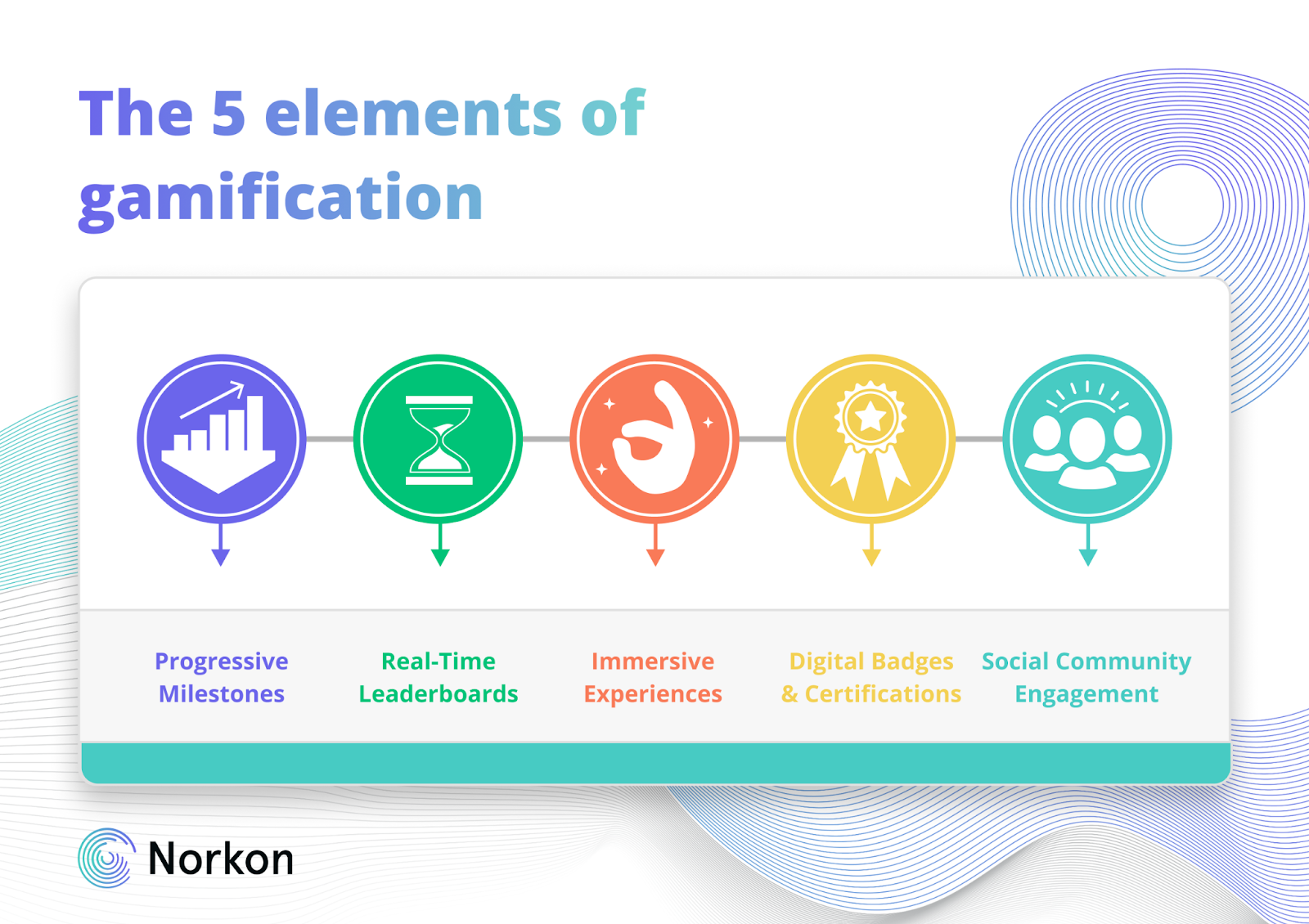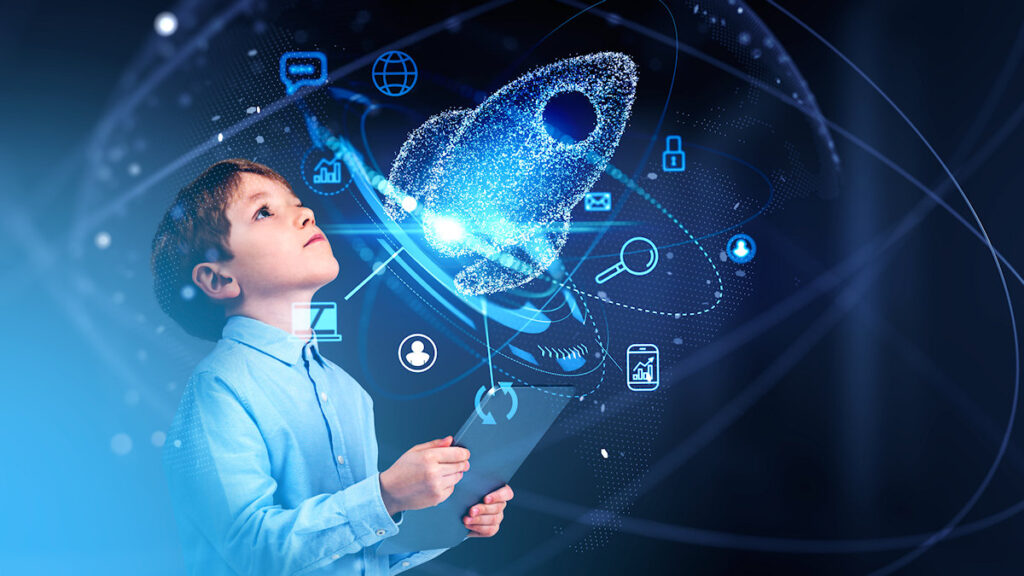In recent years, the concept of gamification in education has gained significant traction, revolutionizing the way students engage with learning materials. By integrating game elements such as points, badges, and leaderboards into educational settings, educators can create a more dynamic and interactive learning environment. This approach not only enhances student motivation but also fosters a deeper understanding of the subject matter. In this article, we will delve into the various ways gamification can transform traditional educational practices and improve learning outcomes.
As you continue reading, you will discover the psychological principles behind gamification and how they can be effectively applied in classrooms. We will explore real-world examples of successful gamification strategies, highlighting the positive impact on student engagement and retention. Additionally, we will discuss the challenges educators may face when implementing these techniques and provide practical solutions to overcome them. Whether you are an educator, administrator, or simply interested in innovative teaching methods, this article will equip you with valuable insights into the power of gamification in education.
Join us on this exciting journey as we uncover the potential of game-based learning and its ability to create a more enjoyable and effective educational experience. By the end of this article, you will have a comprehensive understanding of how to leverage gamification to enhance learning and inspire students to reach their full potential. Don’t miss out on the opportunity to transform your educational approach—read on to learn more!
Gamification in education refers to the integration of game design elements in learning environments to enhance student engagement and motivation. By incorporating elements such as points, badges, leaderboards, and challenges, educators can create a more interactive and enjoyable learning experience. This article explores various aspects of gamification in education and how these game elements can significantly improve learning outcomes.
The Psychology Behind Gamification
The effectiveness of gamification in education is deeply rooted in psychological principles. Game elements tap into intrinsic and extrinsic motivation, encouraging students to engage more actively with the material. Intrinsic motivation arises from the enjoyment of the learning process itself, while extrinsic motivation is driven by rewards and recognition. Understanding these motivations can help educators design gamified experiences that resonate with students.
Moreover, gamification leverages the concept of flow, a state where individuals are fully immersed in an activity. When students experience flow, they are more likely to retain information and develop a deeper understanding of the subject matter. By creating challenges that are appropriately difficult, educators can facilitate this state of engagement, leading to improved learning outcomes.
Enhancing Student Engagement
One of the primary benefits of gamification in education is its ability to enhance student engagement. Traditional teaching methods often struggle to capture students’ attention, leading to disengagement and lack of motivation. By incorporating game elements, educators can create a more dynamic and interactive learning environment that keeps students interested and involved.
For instance, using a points system where students earn rewards for completing tasks can motivate them to participate actively in class. Additionally, incorporating team-based challenges fosters collaboration and communication among students, further enhancing their engagement. As a result, gamification can lead to higher attendance rates and improved academic performance.
Fostering a Growth Mindset
Gamification encourages a growth mindset by promoting the idea that abilities can be developed through dedication and hard work. In a gamified learning environment, students are often faced with challenges that require them to persist and improve their skills. This approach helps students understand that failure is a part of the learning process and that they can achieve success through effort and resilience.
By providing immediate feedback through game mechanics, such as progress bars or achievement badges, students can track their improvement over time. This feedback loop reinforces the belief that their efforts lead to tangible results, further cultivating a growth mindset. As students embrace challenges and learn from their mistakes, they become more resilient learners.
Personalized Learning Experiences
Gamification allows for personalized learning experiences tailored to individual student needs. By incorporating adaptive learning technologies, educators can create customized pathways that cater to different learning styles and paces. This personalization ensures that all students can engage with the material in a way that suits them best.
For example, a gamified platform might offer various quests or missions that students can choose based on their interests and skill levels. This choice empowers students to take ownership of their learning journey, leading to increased motivation and satisfaction. Personalized learning through gamification can also help identify areas where students may need additional support, allowing educators to intervene effectively.
Building Collaboration and Teamwork
Collaboration is a crucial skill in today’s interconnected world, and gamification can effectively foster teamwork among students. By incorporating group challenges and competitions, educators can encourage students to work together towards common goals. This collaborative approach not only enhances social skills but also promotes a sense of community within the classroom.
For instance, team-based projects that involve gamified elements, such as earning points for completing tasks as a group, can motivate students to communicate and collaborate effectively. As they navigate challenges together, students learn to appreciate diverse perspectives and develop problem-solving skills that are essential for success in both academic and professional settings.
Immediate Feedback and Assessment
One of the significant advantages of gamification in education is the provision of immediate feedback. Traditional assessment methods often involve delayed feedback, which can hinder students’ ability to learn from their mistakes. In a gamified environment, students receive real-time feedback through game mechanics, allowing them to understand their performance instantly.
This immediate feedback loop not only helps students identify areas for improvement but also reinforces positive behaviors and achievements. For example, earning badges for mastering specific skills can motivate students to continue striving for excellence. By integrating assessment into the learning process, gamification creates a more dynamic and responsive educational experience.
Increasing Retention and Knowledge Transfer
Gamification has been shown to improve knowledge retention and transfer, making it an effective tool for educators. The interactive nature of gamified learning experiences engages students on multiple levels, enhancing their ability to remember and apply information. Game elements, such as storytelling and immersive scenarios, create memorable contexts that facilitate deeper learning.
Moreover, the repetition of concepts through various game mechanics reinforces learning. For instance, students may encounter the same material in different formats, such as quizzes, challenges, or simulations, which helps solidify their understanding. As a result, gamification not only aids in retention but also encourages students to apply their knowledge in real-world situations.
Future Trends in Gamification in Education
The future of gamification in education is promising, with emerging technologies and innovative approaches set to transform learning experiences. Virtual reality (VR) and augmented reality (AR) are becoming increasingly popular in educational settings, offering immersive gamified experiences that enhance engagement and understanding.
Additionally, the integration of artificial intelligence (AI) can further personalize learning experiences by adapting challenges and content to individual student needs. As educators continue to explore the potential of gamification, we can expect to see more creative and effective ways to engage students and improve learning outcomes in the years to come.
Gamification refers to the integration of game elements in non-game contexts, such as education, to enhance engagement and motivation. This approach leverages the principles of game design to create a more interactive and enjoyable learning experience.
| Game Element | Description | Impact on Learning |
|---|---|---|
| Points | Points are awarded for completing tasks or achieving goals. | Encourages competition and motivates students to engage more with the material. |
| Badges | Visual representations of achievements that students can earn. | Provides recognition and a sense of accomplishment, boosting self-esteem. |
| Leaderboards | Displays rankings of students based on their performance. | Fosters a competitive spirit and encourages students to improve their skills. |
| Challenges | Tasks or missions that students must complete to progress. | Promotes critical thinking and problem-solving skills through engaging scenarios. |
| Levels | Progression through different stages of difficulty. | Allows students to experience a sense of growth and mastery over time. |
| Feedback | Immediate responses to students’ actions or decisions. | Helps students understand their progress and areas for improvement. |
Benefits of Gamification in Education
- Increased Engagement: Game elements make learning more enjoyable, leading to higher participation rates.
- Enhanced Motivation: The competitive aspects of gamification encourage students to strive for better performance.
- Improved Retention: Interactive and fun learning experiences help students remember information more effectively.
- Collaboration: Many gamified activities promote teamwork and collaboration among students.
Conclusion
Gamification in education is a powerful tool that can transform traditional learning environments into dynamic and engaging experiences. By incorporating game elements, educators can foster a love for learning and improve educational outcomes.



